You will need:
- Two plastic bottles with the same size with lids
- A hammer
- A thick nail to poke a hole in the lids with
- Thick, waterproof sticky tape
- Food colouring (optional)
- Glitter (optional)
- Water
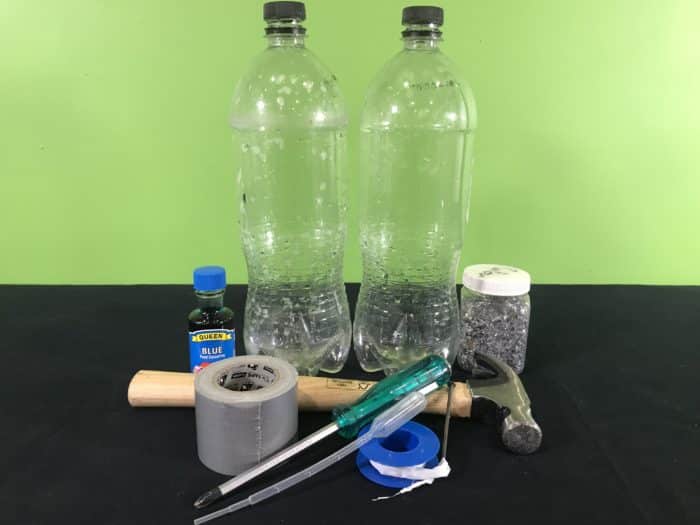
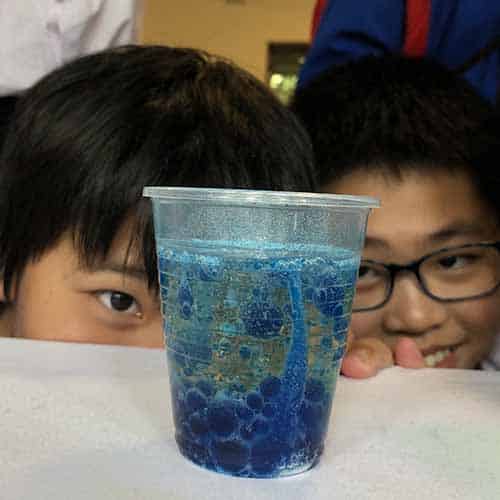
School science visits since 2004!
– Curriculum-linked & award-winning incursions.
– Over 40 primary & high school programs to choose from.
– Designed by experienced educators.
– Over 2 million students reached.
– Face to face incursions & online programs available.
– Early learning centre visits too!
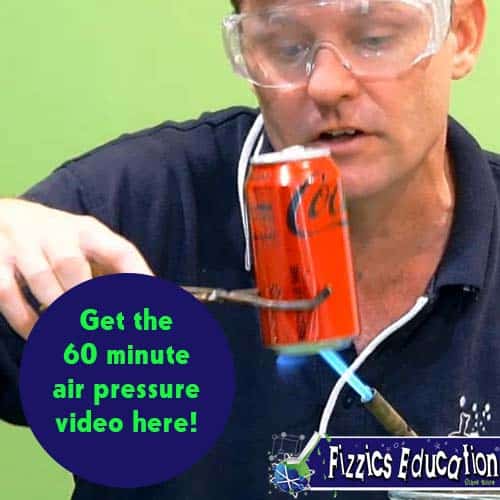
Get the Unit of Work on Pressure here!
- Want to dive into air pressure?
- It’s all about air pressure in many ways!
From how storms form to how planes fly, this unit covers many concepts about air pressure.
Includes cross-curricular teaching ideas, student quizzes, a sample marking rubric, scope & sequences & more
Why Does This Happen?
The vortex spins because of centripetal force – the one that famously makes an ice skater spinning on the spot twirl faster when his or her arms are pulled into their body. As the water spins, it moves faster at the base of the bottle, where the neck of the bottle is smaller. The faster-moving water pulls the water down into the bottle.
At the same time, air from the bottom bottle is let into the top bottle because of the shape of the vortex, which allows a funnel for the air to flow. Because the air and water can both flow freely while the water is spinning, the water pours into the bottom bottle faster than it did when there was no vortex.
Variables to test
- Try using different liquids (eg canola oil, honey or glycerine).
- What happens when you change the size of the opening?
- Can you make a tornado happen inside a larger bottle?
- Teaching about air pressure? Check out the Flight or Weather show!
- Teaching about Newton’s laws? Check out the Forces, Friction & Movement workshop!
Get in touch with FizzicsEd to find out how we can work with your class.
Flight or Weather
Years 3 to 6
Maximum 30 students
School science show (NSW & VIC)
60 minutes
Online Class Available
STEM Full Day Accelerator - Primary
Designed from real classroom experiences, this modular day helps you create consistently effective science learning that directly address the new curriculum with easily accessible and cost-effective materials.




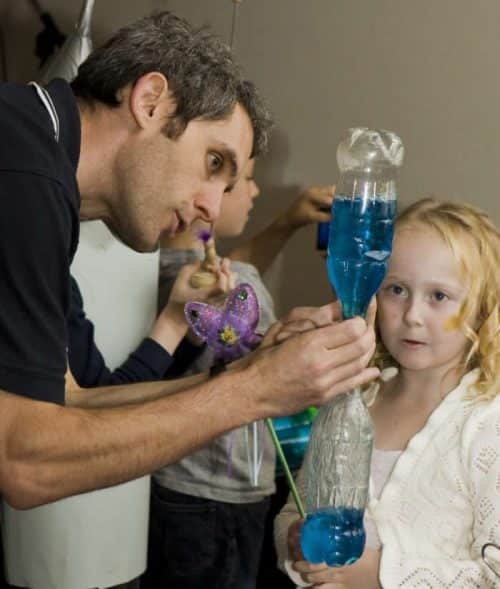


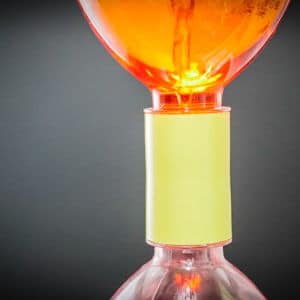
























The first thing that was a good idea to be able with a little bit of the time and we had to get the rest of the things that we were able to do it
Glad that this worked for you!